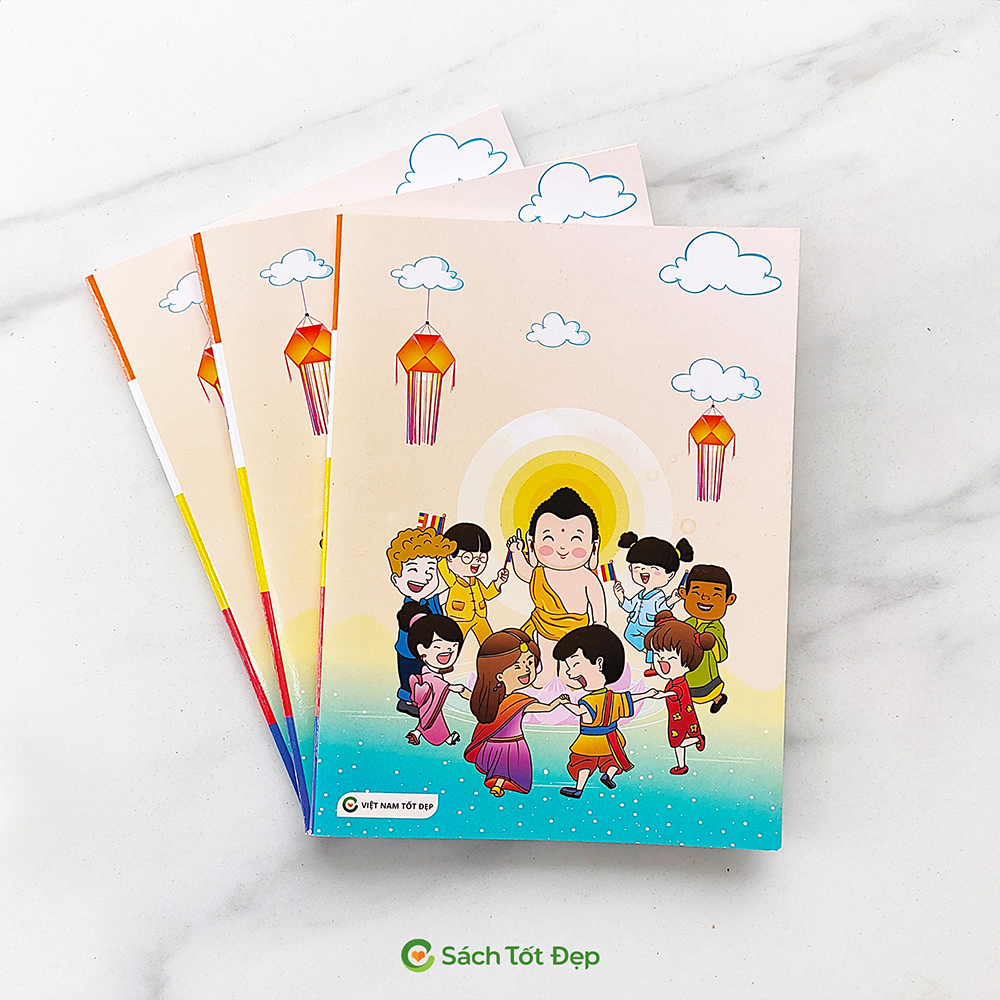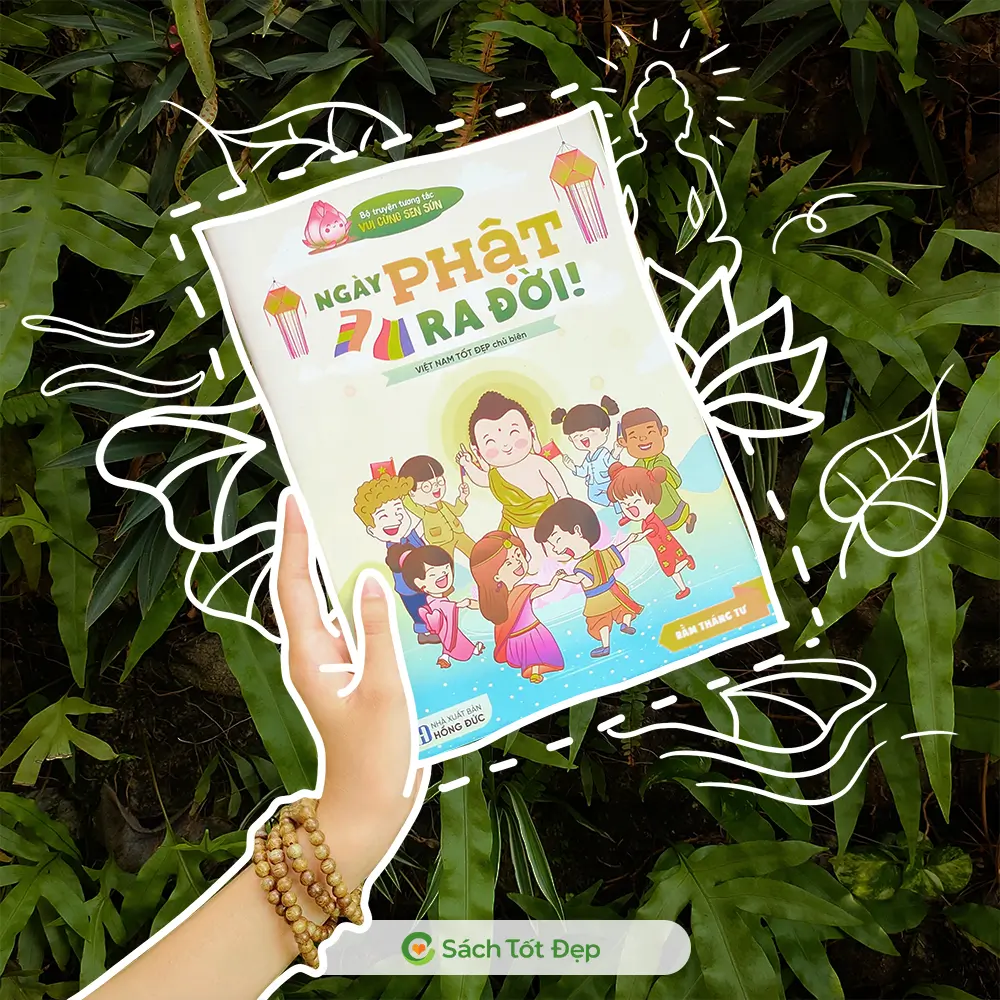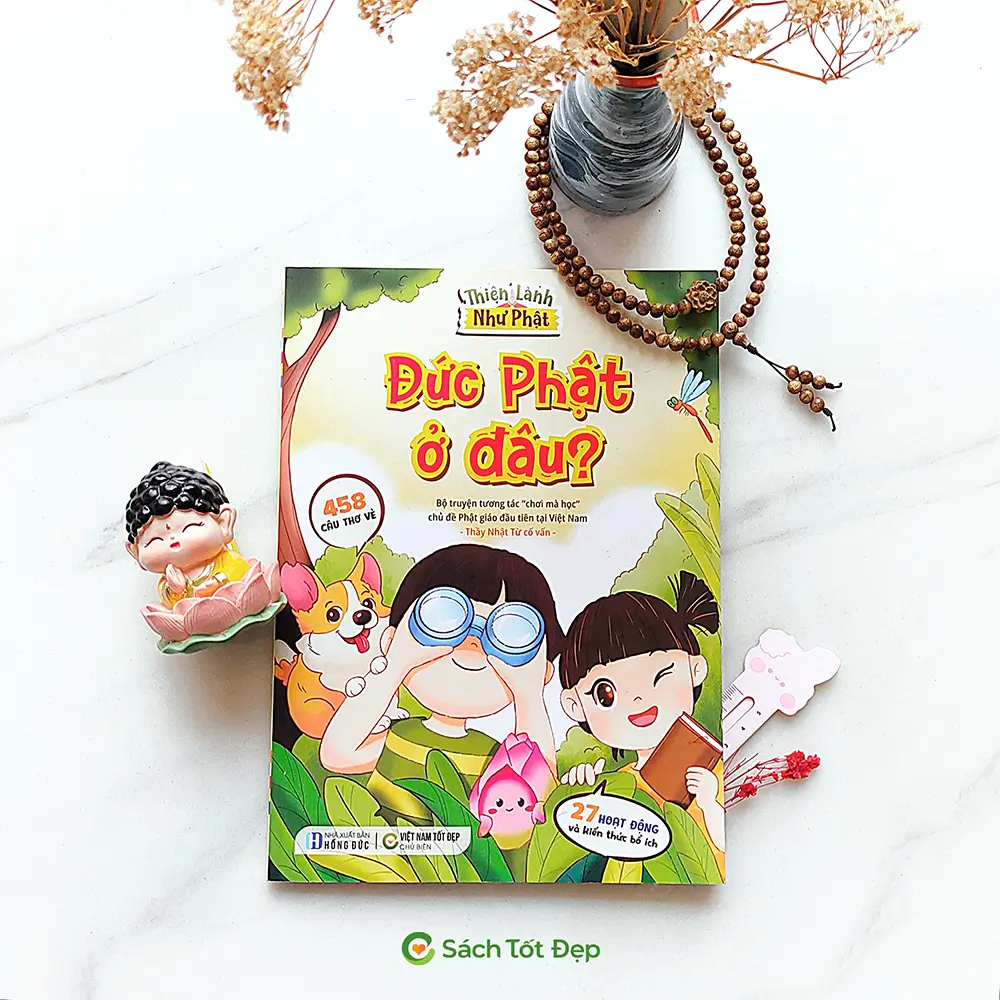Effective Techniques for Teaching Buddhism to Kids
In this article, I can only offer a brief outline of Buddhist Education. Each section here warrants its own detailed discussion. I hope to have correctly highlighted for Buddhist parents the dangers of neglecting their children’s education in Buddhist principles.
A Complex Issue
The critical question is: How can Buddhist parents effectively teach their children Buddhist teachings? Parents rarely have the chance to teach Buddhist doctrine to non-Buddhist children, let alone their own. I don’t want to theorize excessively; instead, I will share practical experiences from educating our children and Western children in general. A significant challenge arises in Christian-dominated or materialistic societies, necessitating careful observation of a child’s need for Buddhist education. In a Buddhist country, where traditions have been ingrained over centuries, educating a Buddhist child is relatively easier. A well-developed Buddhist education system might exist in such conducive environments. However, for Westerners, it’s a mistake to adopt these educational methods without careful consideration. Our conditions are different, and Buddhist education must be delicate and subtle. Our great teacher, Buddha, taught us to look within, to examine and draw conclusions ourselves, and not to blindly believe others. Like each individual’s path to enlightenment, we must develop a Buddhist education system suitable for Western conditions. We welcome and are grateful for suggestions from other countries.
Modeling Behavior
Educational programs should be age-appropriate. Parents who live according to Buddhist teachings provide the best guidance for children of any age. Children develop high observational skills, and imitation is a critical factor in their development. This aspect should not be overlooked. Everything depends on the parents’ understanding of the teachings and their application in daily life, creating a Buddhist way of life, not just lip service.
External Support
Along with modeling behavior, external factors play a significant role in childhood. Therefore, every Buddhist family should have a Buddha statue or at least a picture. A good idea is for each child to have a small Buddha statue where they can offer fresh flowers, incense, and light as prescribed. However, it’s crucial to understand that children should not just worship the image but respect the Buddha as humanity’s greatest teacher. While avoiding any complex ritual system, simple commemorative ceremonies can bring Buddhism closer to the children’s consciousness. For mature Buddhists, rituals may be more binding than beneficial, sometimes giving a false sense of achievement just through ritual practice. Although Buddhist philosophy is essential for adults, it’s often too profound for children. However, using simple rituals and external elements to guide children toward a Buddhist lifestyle can be beneficial. Children are attracted to beauty and stimulated visually, and regular offerings can help them develop good habits like respect and reverence.
Utilizing Festivals
Children love festivals, and Buddhist children should be allowed to participate in Uposatha days (days of increased purity). These days should be different, even from regular Sundays. Since using the new moon or full moon days may not be practical in Western countries, parents can choose the nearest Sunday to Uposatha and use it as a festival day. On this day, all regular activities should stop, and everyone should strictly observe the precepts. Parents should teach their children the Dharma or reflect on it themselves. How can this be effectively implemented?
As previously mentioned, this depends on the child’s age. In this article, I’ll discuss children around ten years old, like my two sons. Parents with younger children can simplify some aspects, while those with older children can delve into deeper teachings, depending on the child’s abilities and receptivity. Translations of the Dhammapada and small collections like “”The Lotus Blossoms”” by Bhikkhu Silacara can inspire and capture children’s attention.
Parents can read Buddhist stories or Jataka tales to children. These stories, emphasizing moral values and carefully explaining immoral elements, should not be neglected. If children learn about Greek mythology and brutal wars between Greek gods at school, why should we avoid telling them Jataka tales? These stories introduce concepts of Karma and rebirth, shaping their understanding of nature. While deep philosophical elements of Buddhism are meant for adults, even children can be taught basic principles. Not teaching Buddhist doctrines to children is a significant oversight. Some Buddhists focus too much on aspects like vegetarianism, neglecting to provide their children with a Buddhist education.
Buddhist Education: A Responsibility
In most religions, educating children in the faith is prominent and vital. So why should it be any different with Buddhism? One might argue that Buddhism is more philosophical than religious. But isn’t Buddhism also a way of life? It’s this lifestyle that we must pass on to our children. If Buddhism’s position in the modern world isn’t as prominent as it once was, it’s because we’ve neglected to educate our children. The focus of this article is on implementing Buddhist education in Western countries, a necessity and an ongoing process. We’re far from establishing a comprehensive Buddhist education system, a topic already discussed in many Buddhist countries.
Another reason we must strive to establish practical Buddhist education is the difference in religious dynamics between Eastern and Western countries. In Eastern nations, a Buddhist joining the monastic order not only seeks personal enlightenment but also maintains the transmission of the Dharma. In most Western countries, where formal Buddhist missionary orders from the East are not established, lay Buddhists in the West must take on the role of “”Tathagata’s messengers”” in transmitting the Dharma. Educating our children in Buddhism is part of this missionary responsibility. It wouldn’t be fair to assume Eastern countries should provide us with Buddhist education. This means waiting until missionary groups are established in all Western countries, learning all Western languages, and understanding the unique characteristics of Westerners. Until then, we must help as much as we can to create the most effective means of missionary work possible.
Buddhist History
In addition to the Jataka stories mentioned earlier, we should tell our children about the life of the people during Buddha’s time, the societal context, the historical foundation of early Buddhism, a general view of Buddhist history, and how the “”Wheel of Dharma”” spread throughout India and other countries.
Explaining the Dharma
As children’s understanding of Buddhist teachings develops, their consciousness gradually enters the spiritual realm of the Dharma. Parents can read to them easy-to-understand sutras related to the five precepts and the dos and don’ts for a lay Buddhist, including more detailed sutras from the Anguttara Nikaya, the “”householder’s section.”” Within the limits of children’s understanding, simple verses from the Dhammapada can also be read:
“”All fear punishment; all fear death, just as you do. Therefore do not kill or cause to kill.”” (Dhp. 129)
“”Avoid all evil, cultivate the good, purify your mind; this is the teaching of the Buddhas.”” (Dhp. 183)
Buddhism is not as complicated as some may think. We can reasonably assume that a child born into a Buddhist family has karmic predispositions that align with their birth in such a family, and thus, each case should be approached with a Buddhist educational method.
Memorization
When children can easily memorize lessons, they can learn the five precepts and take refuge in the Three Jewels, possibly even in Pali. It’s beneficial for children to memorize some simple verses from the Dhammapada in their mother tongue, such as:
“”He abused me, he struck me, he overpowered me, he robbed me.”” Those who harbor such thoughts do not still their hatred.”” (Dhp. 3, and the two following verses)
“”There is no one in this world who is not blamed. (Dhp. 227-228)””
A child who memorizes more Pali scriptures will benefit from this knowledge base as they grow and understand deeper meanings. This does not mean a child should learn verses they do not comprehend, but an understanding of simple principles as mentioned above will give the child a solid foundation as they mature.
Uposatha Days
Uposatha days are important for children to recite the verses they have learned and for parents to explain the Buddha’s teachings. But we must be careful not to exceed the children’s efforts, especially on such occasions, and limit their ability to focus for long periods. Uposatha should differ from a festive day, encouraging children to look outward. Therefore, we should take them for walks or even excursions, and not hesitate to play games with them. While walking joyfully through fields and forests, we can teach them to observe nature and see life as it truly is. Just as Prince Siddhartha went outside the palace and saw an old man, a sick person, a corpse, and finally a monk, we should take children out of the safety and narrow limits of their homes to expose them to the fluctuating outside world.
Buddhist children should not be raised in a sheltered environment, akin to the walled palace where Prince Siddhartha Gotama grew up. Excursions into nature provide an excellent opportunity for our children to see life as it truly is. They will witness the rawness of nature, where animals prey on each other, illustrating the survival of the fittest. They will also become aware of the challenging conditions of human life. Children usually lack awareness of the significance of aging, illness, or death. It’s our responsibility to gradually introduce them to these realities. Additionally, we should teach them to practice compassion towards their suffering fellow beings. Young children often act cruelly towards animals because they do not understand the consequences of their actions. Parents need to be vigilant and help children comprehend what they are doing. Buddhist parents must be particularly careful to prevent their children from acting cruelly towards animals. Buddhist children should always respect an animal as a living being, not just as a source of food. During country excursions, we have numerous opportunities to teach children how to empathize and show kindness towards both humans and animals, not just through words but through meaningful actions.
As young guides, our children should be taught to assist the elderly by carrying a basket or pushing a cart. They should learn to rescue an ant drowning in a puddle or move stranded fish to deeper water. These are opportunities where even a child can demonstrate practicing the Dharma through the example of their parents. It’s essential for Buddhists to remember that knowledge alone is not perfection. Only wisdom and morality can lead us to the ultimate goal of Nirvana.
Furthermore, Buddhism is a religion of compassion, and we must never forget to teach this principle to our children. Buddha taught the Dharma out of compassion for the world. As compassion is a core element of his teachings, we should not neglect it by focusing solely on discussing the importance of this doctrine. If we succeed in teaching our children about compassion, empathetic joy, and sympathy, we will have accomplished our greatest task. The concept of detachment is also important but more challenging for children to grasp.
Buddha as a Role Model
We should not make the practice path too difficult for our children, as it could lead to discouragement. Everything depends on the psychological sensitivity of the parents, who should gauge how far they can go. Buddha always knew how to guide people – he taught differently to the common person than to the wise. We can learn much from his exemplary behavior. He was as much a psychologist as he was a philosopher. How could it be otherwise for an enlightened being? Therefore, to teach Buddhism, we first must learn it ourselves. This is a prerequisite and an obvious fact that I nearly overlooked mentioning.
Understanding Our Children’s Nature
Buddha taught the Dharma to kings and beggars, householders and servants, warriors and merchants, the liberated and the enslaved, the wise and the fallen. He understood the entire social spectrum and the different characters of individuals. In the same way, we must strive to understand the nature of our children so we can teach them the Dharma in the most effective way. Being born into our families, the children are under our care. Although they are independent beings, we are responsible for them. They are not entrusted to us by some divine power but are placed in our care due to close karmic relationships. This makes it easier for us to understand their nature, a critical factor in Buddhist teaching. Therefore, it should not be too difficult for parents to introduce their children to Buddha’s teachings, encouraging Buddhist parents. If parents cannot teach Buddhism to their children, who else can undertake this vital task? As mentioned earlier, no gift is more valuable than the gift of the Dharma. As Buddha said, “”Sabbadaanam Dhammadaanam jinaati”” – “”The gift of the Dharma surpasses all other gifts.”” (Dhp. 354).
[Translated by Dr. Helmuth Kalr, interpreted by Thích Minh Diệu, source: http://www.phatgiaohue.vn/]
Sản phẩm bạn có thể quan tâm

Tot Dep Notebook 96-pages
Warning: Undefined array key 0 in /home/totdepc/public_html/sach/wp-content/themes/totdepbookstore/single.php on line 357
Warning: Attempt to read property "name" on null in /home/totdepc/public_html/sach/wp-content/themes/totdepbookstore/single.php on line 357
8.000đ

Let’s play with Sen Sun: Buddha’s birthday
Coloring book
28.000đ

Wisdom Combo: 5 books + 3 special gifts
Coloring book
280.000đ

Buddha’s Little Explorers: Where is Buddha?
Interactive book
59.000đ





